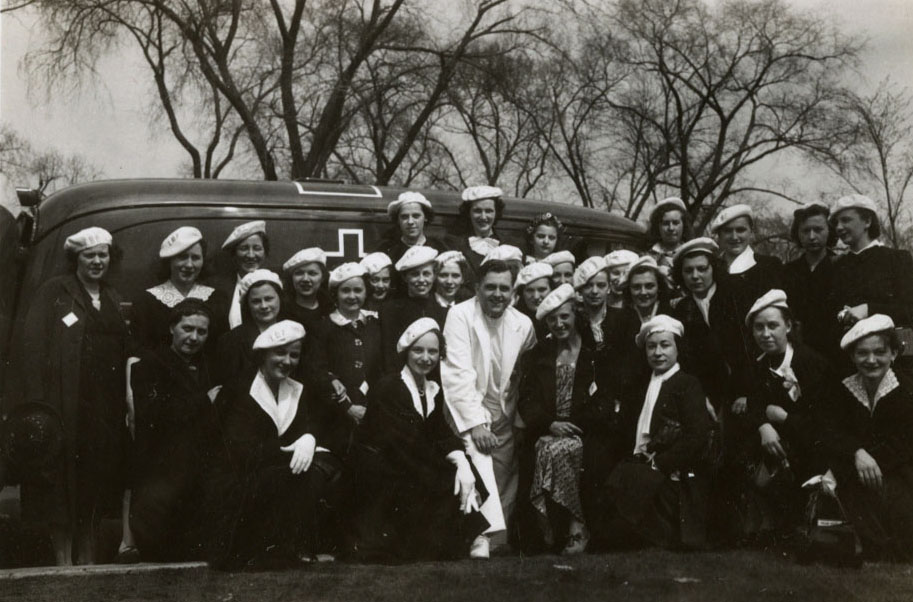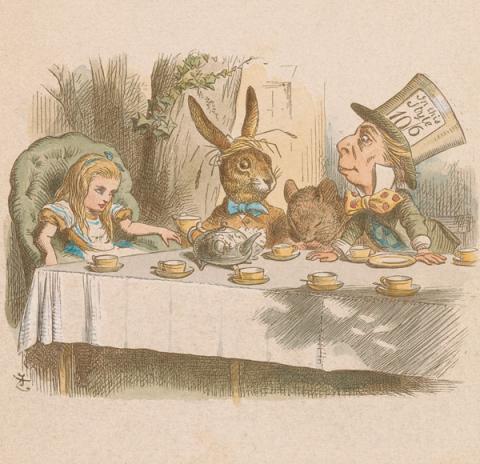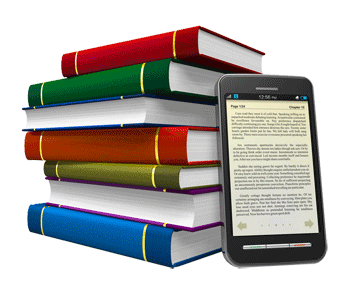Week of 08/18/16-08/26/16- Wrapping Up
08/18/16-08/19/16
The last two weeks of my summer internship passed unremarkably yet quickly. I was kept busy with necessary administrative tasks to ensure a smooth entry into the “application phase” of the program, particularly making final changes to the program application so that it can be posted on FashioNEXT’s forthcoming microsite. I also sent out the document to everyone I reached out to earlier in the summer.
I mentioned in my last post that I will continue working on implementing this program throughout the fall and spring, so I will get more experience constructing and populating a microsite. I am looking forward to getting more hands-on experience dealing with digital media in museums and historic institutions. I also continued ordering materials and attending to fundraising duties.
08/26/16
My last day of my “summer” internship occurred last Friday. I continued sending out program applications and made meetings to discuss participation with youth programs in the city. These meetings are often spent explaining in detail the program’s outcomes and discussing how it can fit into a curriculum and/or existing program schedules. My former teaching experience comes in handy because I am well acquainted with lesson-planning and articulating how materials relate to state/national standards
All in all, the program is coming together but the work is far from over. The work I did this summer will be essential when the application period opens this September. This internship has helped me to understand the necessity of time in creating educational programs for cultural institutions. This internship also emphasized the importance of creating annual programs at museums. Having an established network that grew over multiple years has helped me immensely in forming a base for outreach and fundraising while also providing necessary context for which audiences have yet to be reached. It was my goal this summer to get more diverse youth organizations from throughout the city to apply for the program. I am optimistic with the outreach I performed over the summer that the Chicago History Museum will see new audiences this fall when the application window opens.
A major highlight of the summer for me was getting experience with Connected Learning, a method of instruction that combines 21st century media with educational program development. I wrote more about Connected Learning in a previous post so I won’t go into the particulars here, but having background in this method of instruction will be useful in future programs I develop elsewhere.



